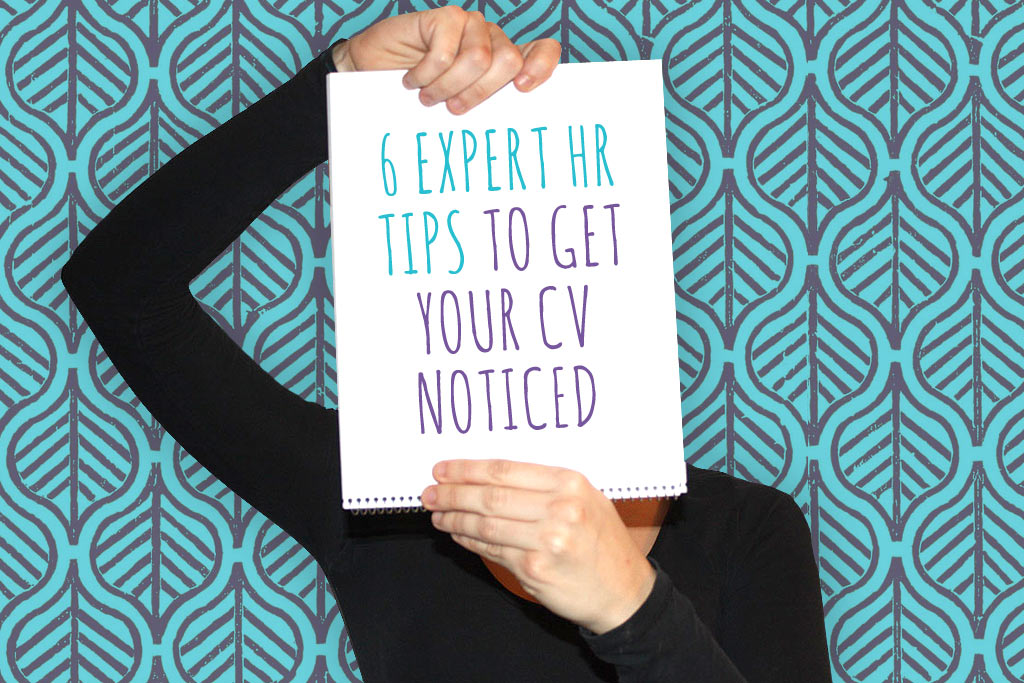Five ways you can optimise your CV for AI
Before you can impress at an interview, your CV needs to pass the ATS test. Here are five ways you can optimise it for AI.
AI is causing a lot of heat in the recruitment world. Employers across the UK are beginning to experiment with AI-powered ATS tools in an attempt to deal with increased demand and streamline a traditionally fragmented hiring process.
How do recruiters use AI to sort through candidates?
The ATS checker (an acronym for Applicant Tracking Systems) is a tool used by employers and recruiters designed to assess job applicants’ CVs and rank them based on how well they match a job description.
This keyword alone has acquired over 49.5K global searches in the past month, and seen a staggering +4,900% growth in interest over the last five years, revealing job seekers’ growing concerns about how their resumes will fare, particularly with smarter tools and AI-driven filters.
Why you need to adapt your CV to how AI works
The increasingly common use of AI in recruitment means you need to change how you approach your job applications. AI is trained to identify specific details and when used with ATS it can, for example, scan relevant keywords and evaluate format. To maximise your chance of standing out, you need to alter your applications to ensure they end up in the hands of the right person.
Five ways you can optimise your CV for AI
Employment Hero, the global employment platform, recently launched an AI-powered talent matching tool called “SmartMatch” that simplifies recruitment for HR managers and job seekers. In this article, Kevin Fitzgerald, their UK MD, shares five common mistakes that could impact job applicants getting their CV through AI screening – from using complex layouts to naming their files incorrectly.
You should be focusing on optimising your application for AI. This means emphasising all your relevant skills and quantifying your achievement to make your CV stand out in an instant.”
Use relevant keywords from the job description you’re applying for to ensure that your CV is parsed correctly by AI and keep your application consistent throughout without making it overly complex – keep it simple and clean.
1) Format your CV file name as ‘Your Name – CV – Job Role’
It may sound simple, but a well-named file helps the AI systems and HR person or recruiter quickly identify the candidate and position being applied for. So double-check that you’ve named your CV correctly before uploading your document in the application form.
Use standard characters and formats to name your file as this can reduce the risk of errors during the AI parsing process, for example, ‘Your Name – CV – Job Role’. It’s also important to name your file in a professional manner as this will reflect better for you as a candidate and make a good first impression.
2) Use Arial, Calibri or Times New Roman font in size 12
When it comes to formatting your CVs, remember that less is more. You want to make sure that your document is easily readable at first glance. Concentrate on highlighting your relevant skills by maintaining a simple and clean layout with clear headings.
Avoid using logos or graphics as these may not be analysed correctly by AI, this includes chunky tables, text boxes or columns.
Your font size should typically be between 10 to 12 points max, with headings slightly larger at 14 to 16 points to stand out. Use bold and italics sparingly throughout the document to highlight key information only. This helps maintain the readability of your CV without overwhelming both the reader or the AI system.
Use standard fonts like Arial, Calibri or Times New Roman and steer away from uncommon fonts, special characters or symbols as these have a higher chance of not being read well by AI in the initial screening.
3) Ensure your CV is no more than 1 to 2 pages
Keep your CV concise. For job applicants with less experience aim for no more than a single page highlighting all your relevant skills and experiences. A two-page CV is acceptable for those with extensive experience – any more than that means it’s too long.
To ensure conciseness, use clear headings such as ‘professional summary’, ‘work experience’, ‘education’ and ‘skills’ to structure your resume, and keep word count between 400 to 600 words per page can help with consistency throughout.
Avoid bulky paragraphs, instead use bullet points for lists to improve readability, for example when listing down job responsibilities or skills. To help capture the attention of AI, extract keywords from the job description and incorporate these naturally throughout your resume.
4) Quantify your achievements and address any employment gap
Employers want proof that you’ll be able to do the job well. Part of this is seeing metrics such as numbers or percentages to illustrate the results from previous projects. For example, if your previous job is related to sales, you can showcase your value and competence more effectively by saying: ‘By implementing [effective] strategies, I helped boost my team’s sales by 25% in the third quarter, enabling us to meet our yearly target early’.
If you have gaps in your employment history, it’s also beneficial to address this in your CV strategically. Use this to your advantage by providing a brief explanation of your reason, for example, ‘I took a career break to pursue further education’ then draw attention to any courses, certification or volunteer work you’ve done during this time.
If your reason is more personal, emphasise your key learning and growth from this experience without going into too much detail.
5) Don’t overlook the strength of your professional online presence
Including a link to your professional online presence in your resume is invaluable. A digital portfolio or personal website are useful ways for employers or hiring managers to get a better understanding of their candidates prior to the interview stage.
So it’s certainly worth linking to these within your CV while ensuring that your LinkedIn profile is up-to-date and details are aligned with your CV.
AI is here to stay – so make sure your CV is ATS-friendly
AI is helping reduce the pressure on job seekers and recruitment officers. But it also means that candidates need to make changes to their applications if they want to increase their chances of success.
If you are job hunting, you should be focusing on optimising your application for AI. This means emphasising all your relevant skills and quantifying your achievement to make your CV stand out in an instant.”
Use relevant keywords from the job description you’re applying for to ensure that your CV is parsed correctly by AI and keep your application consistent throughout without making it overly complex – keep it simple and clean.










